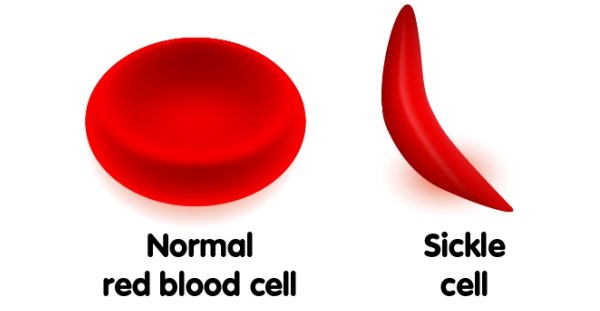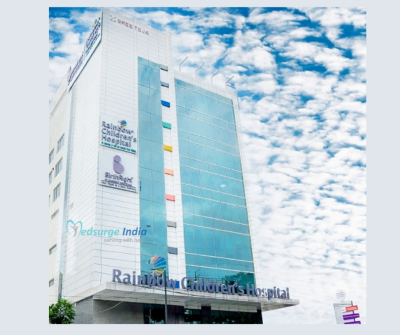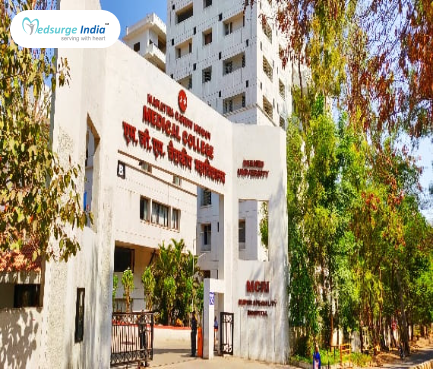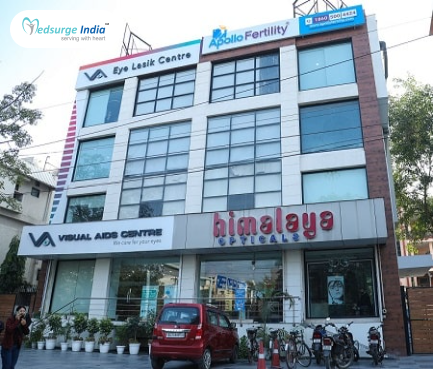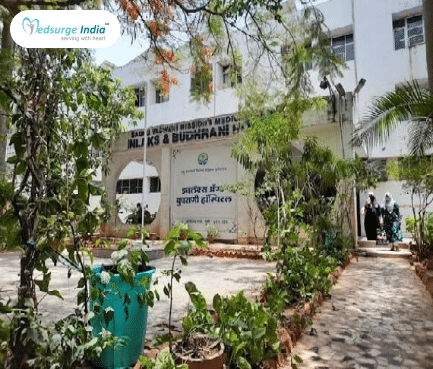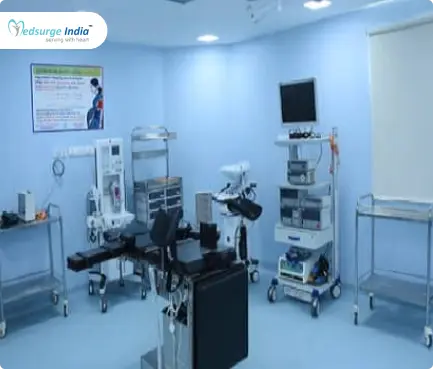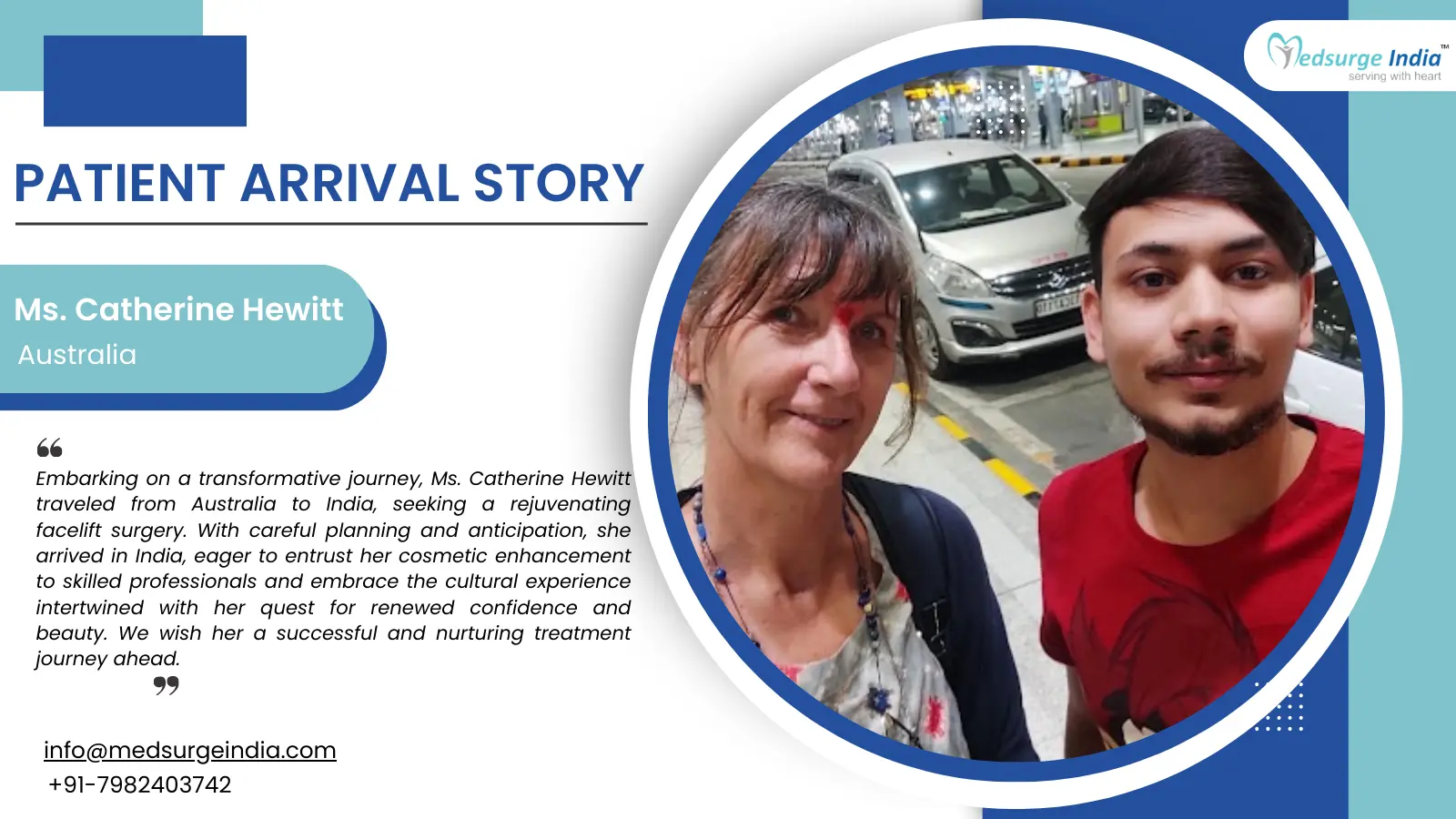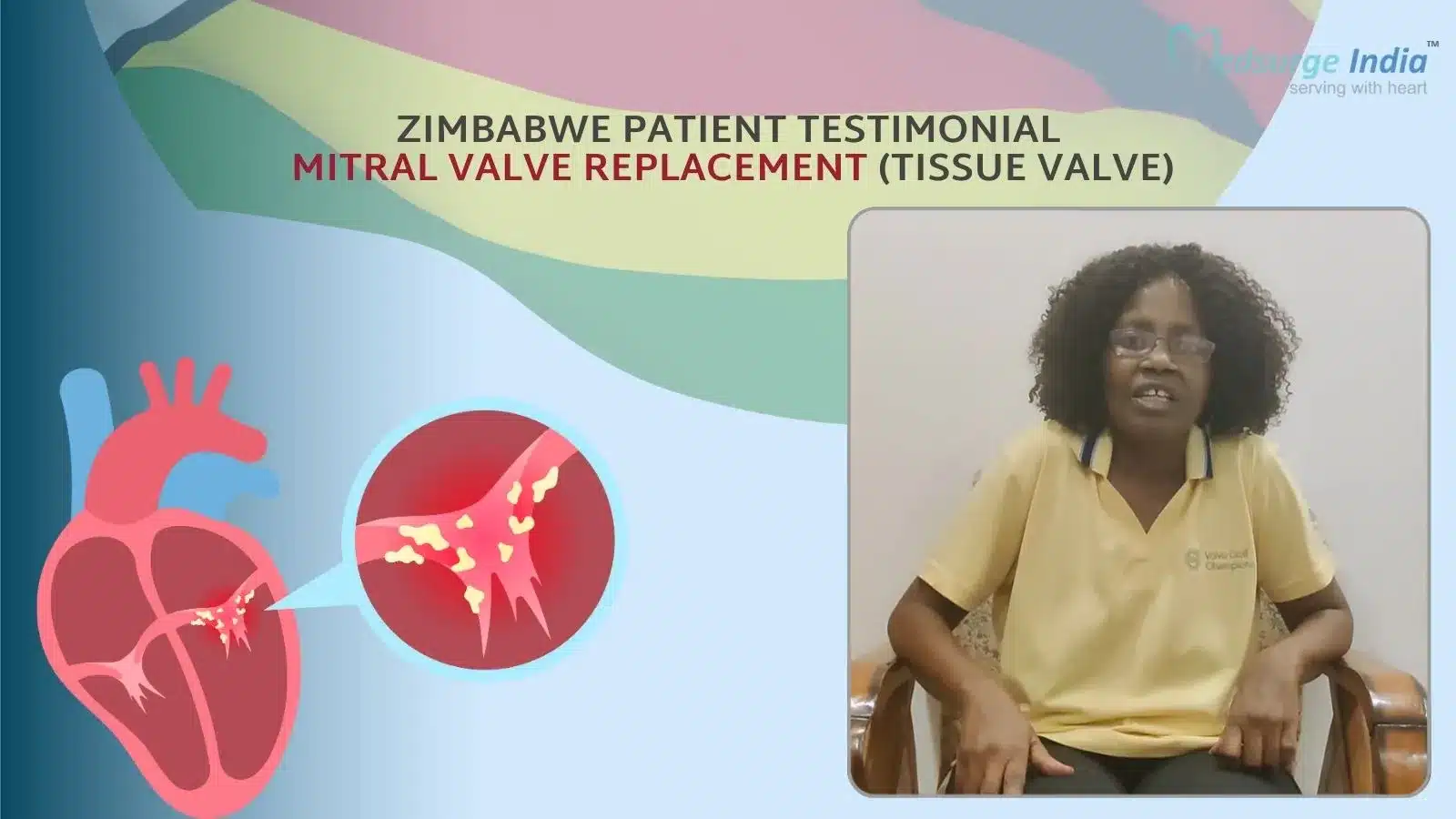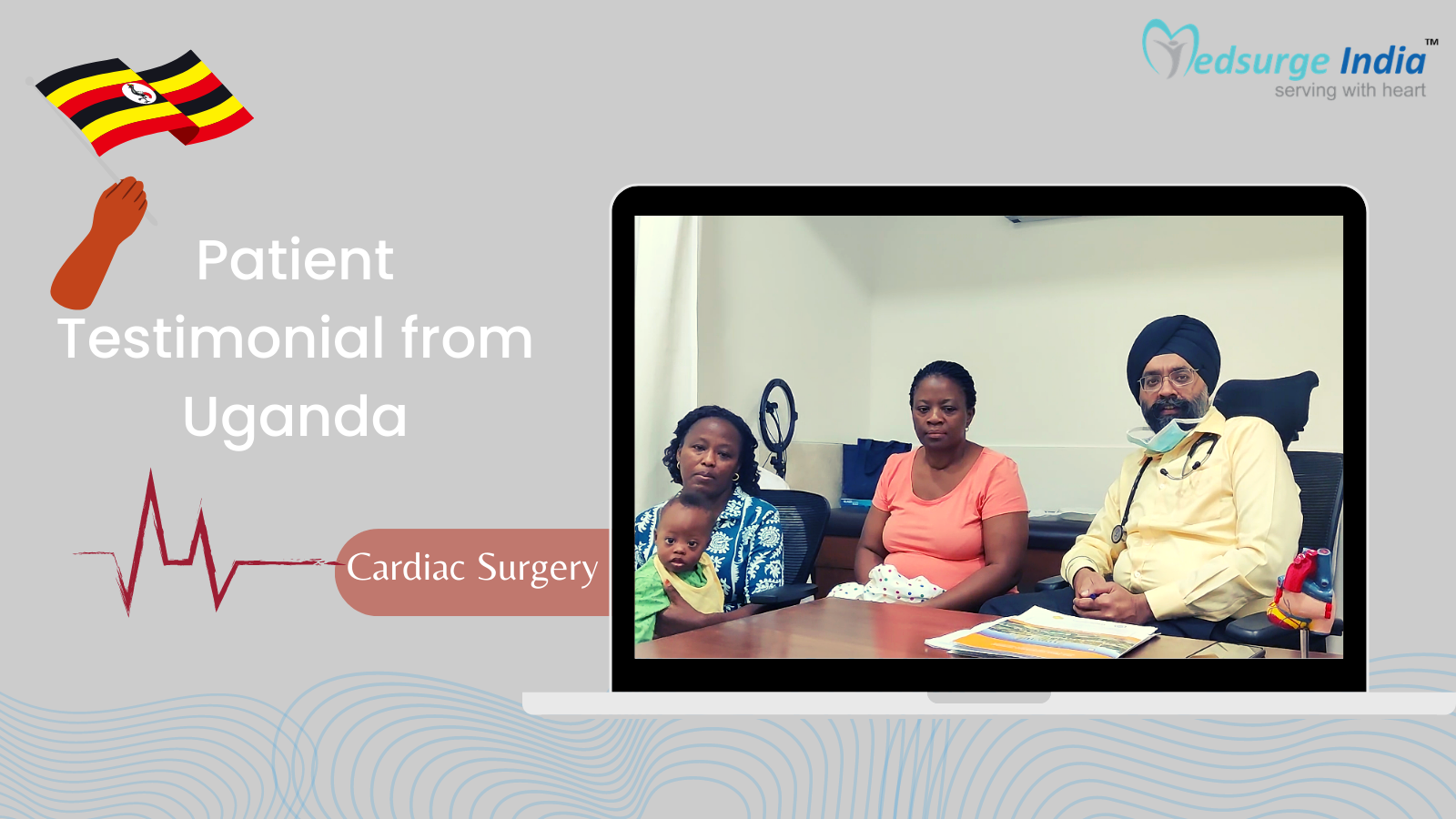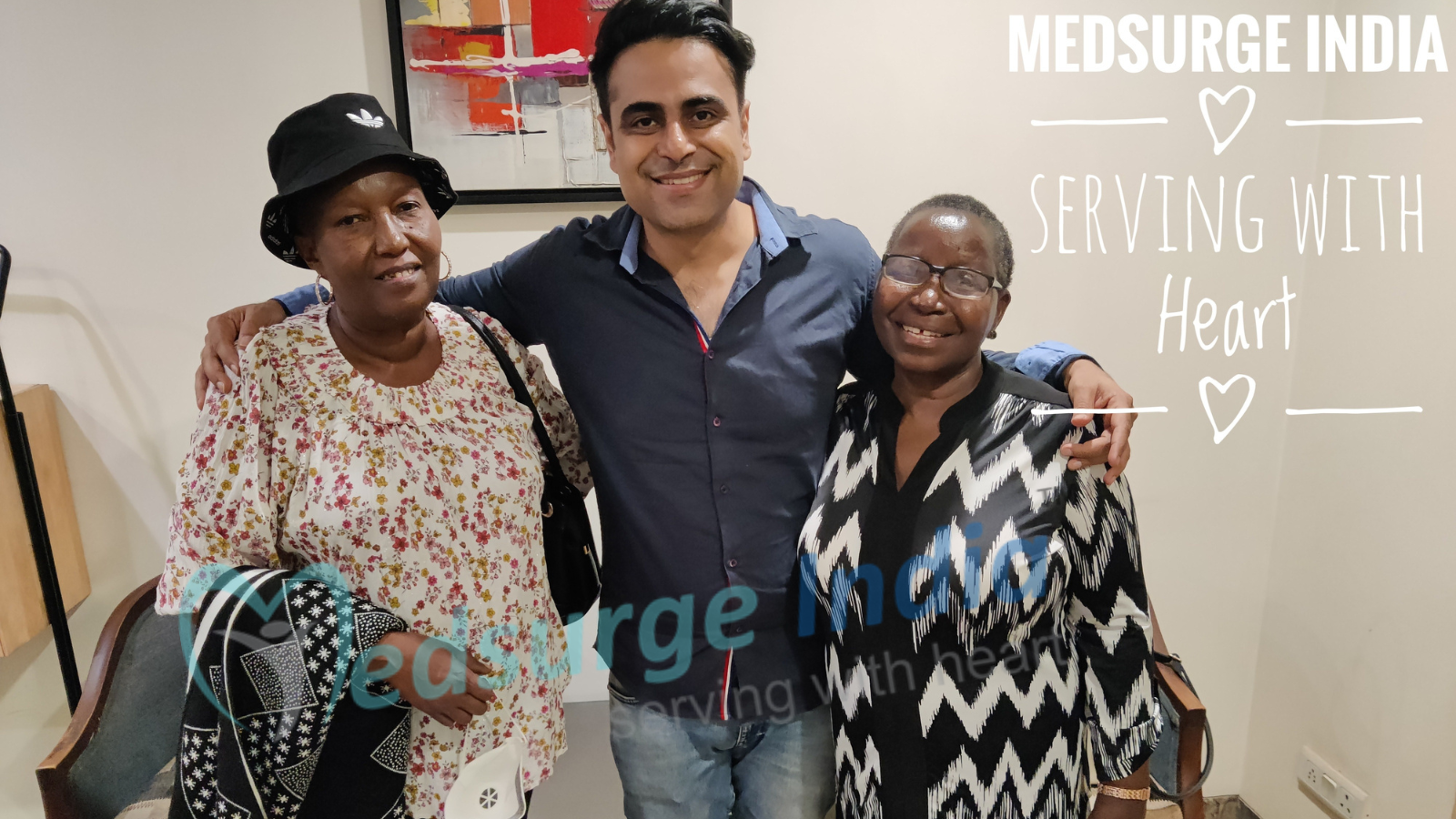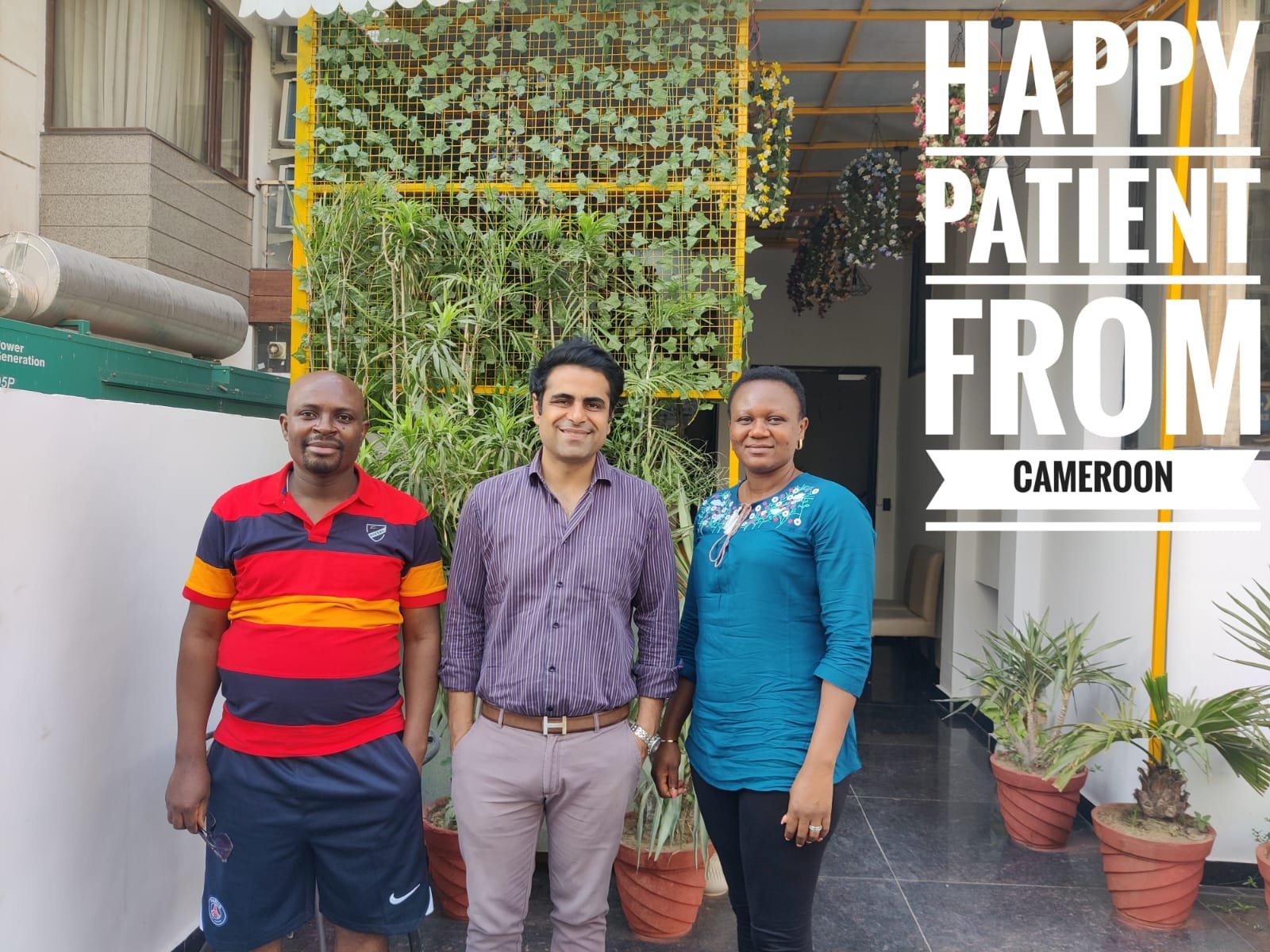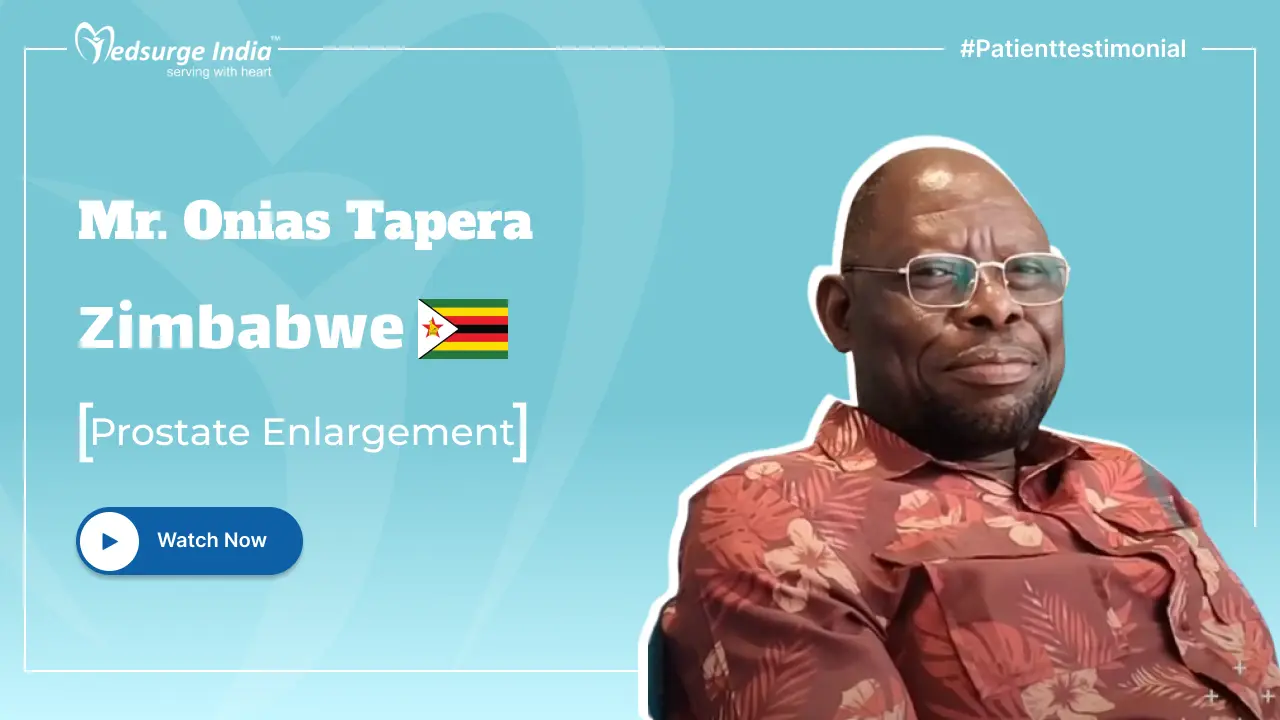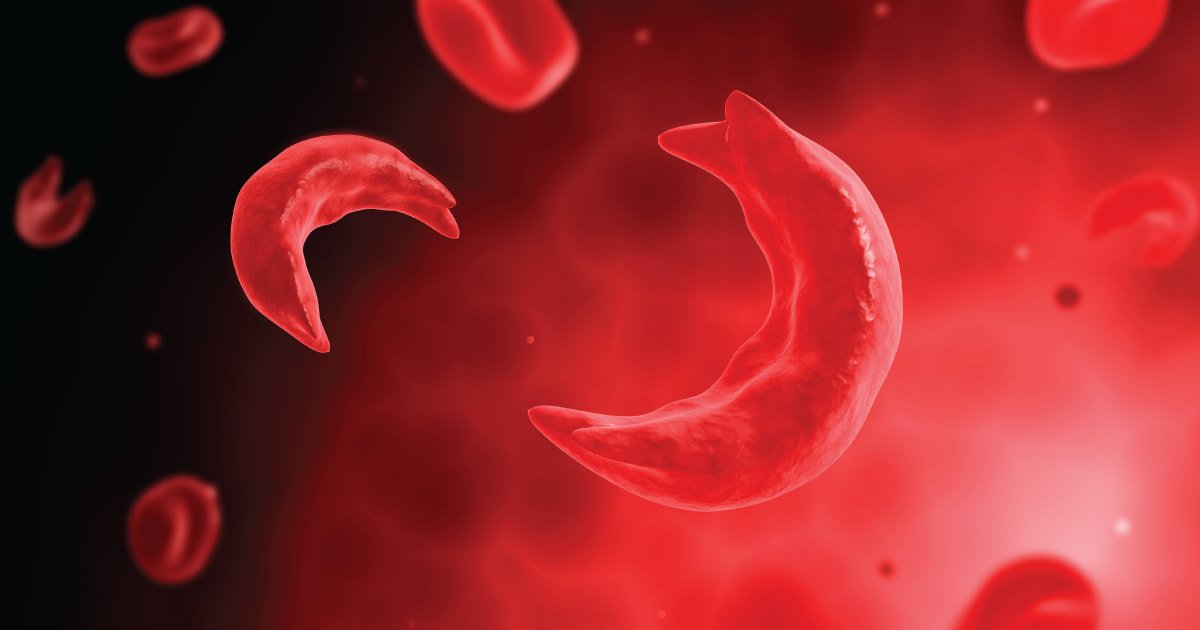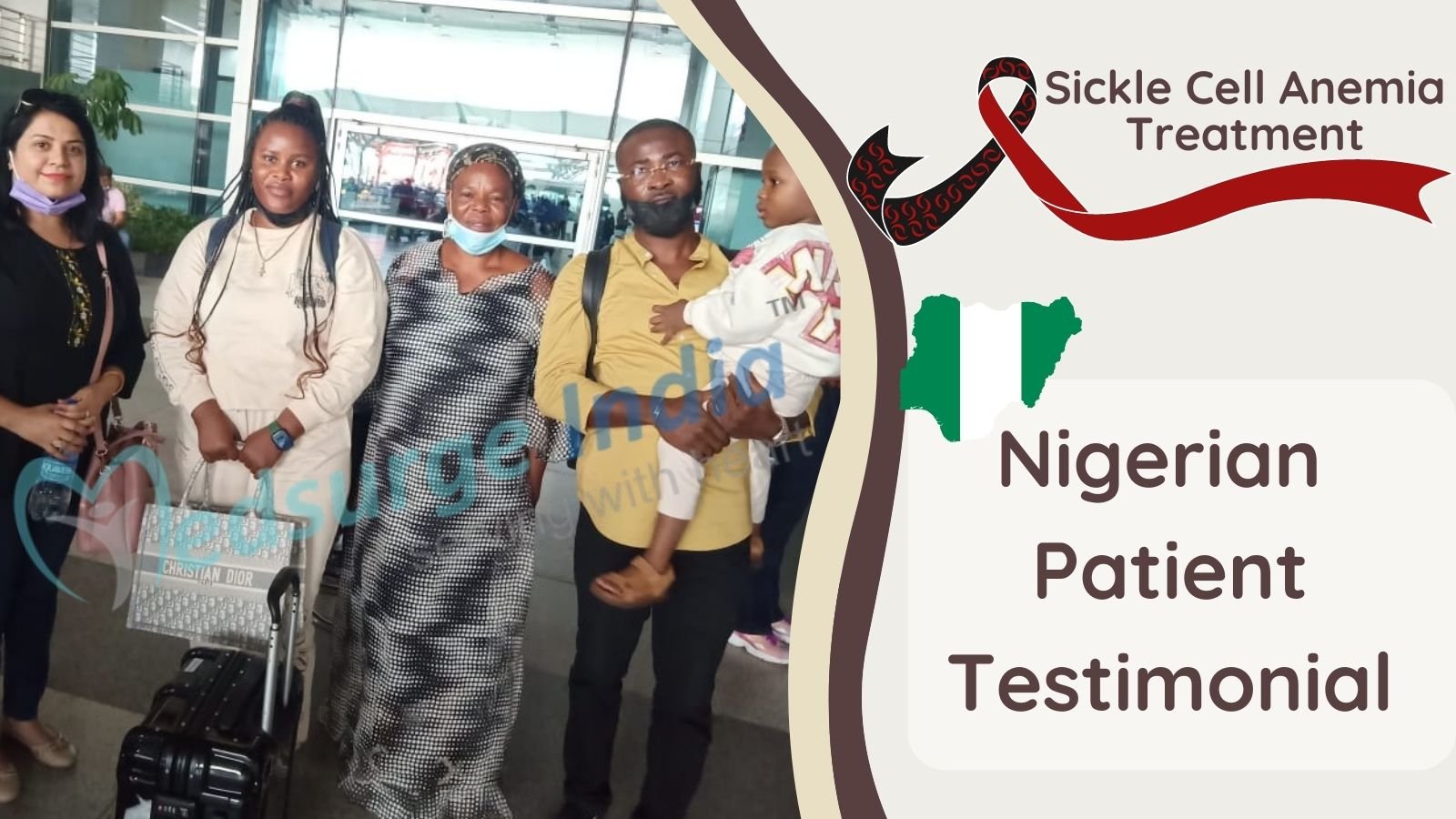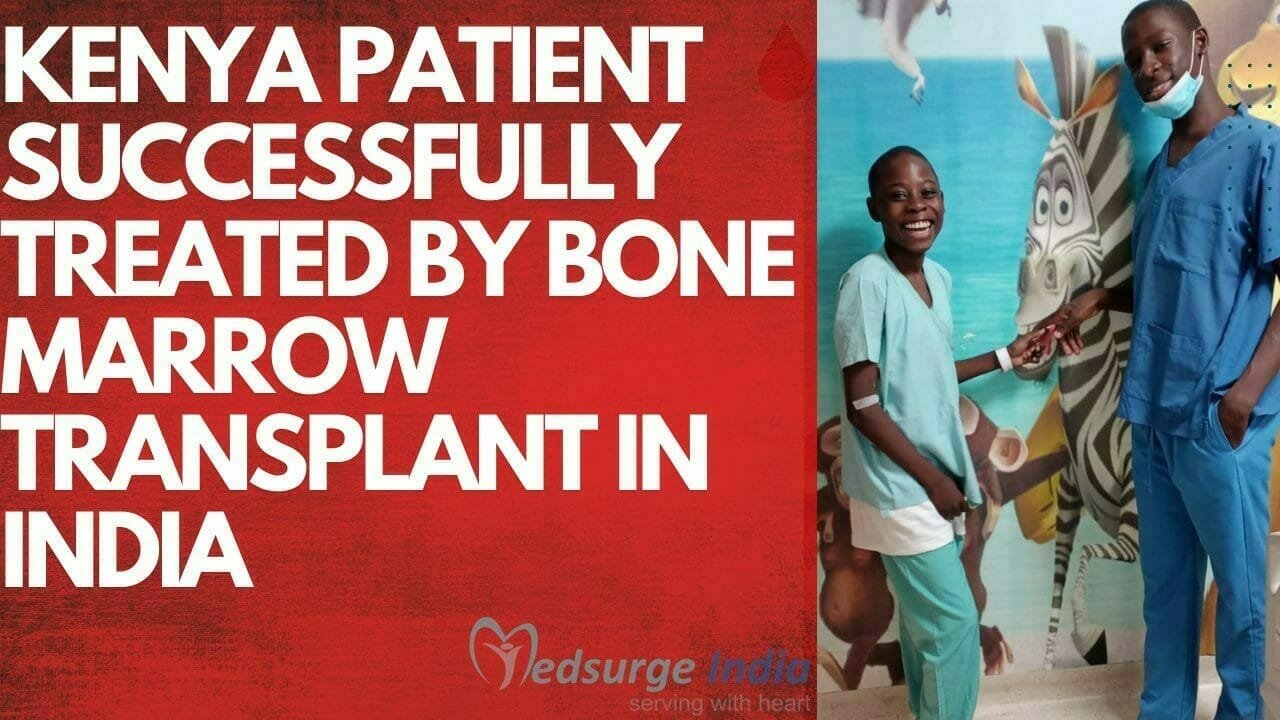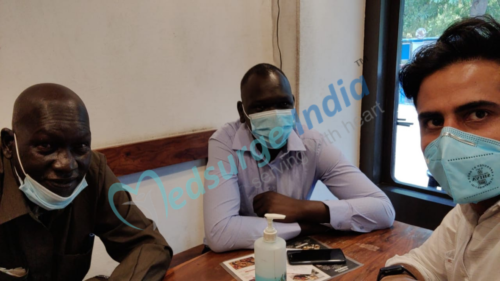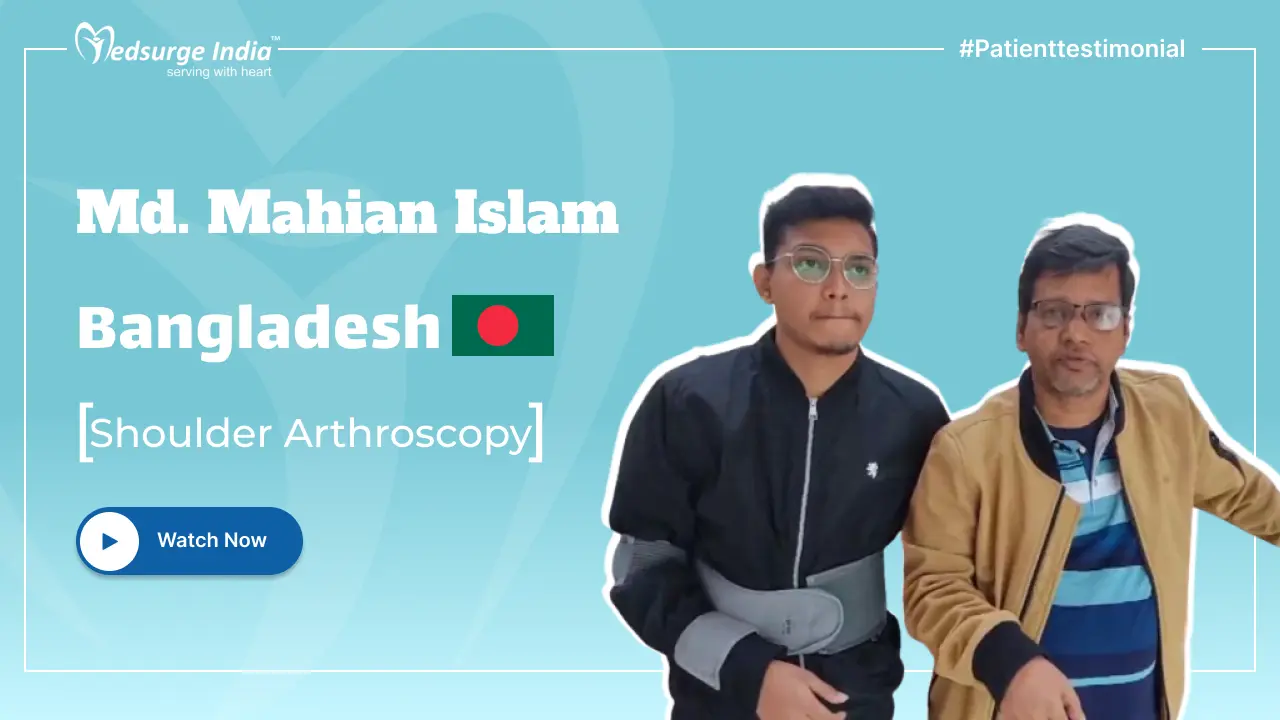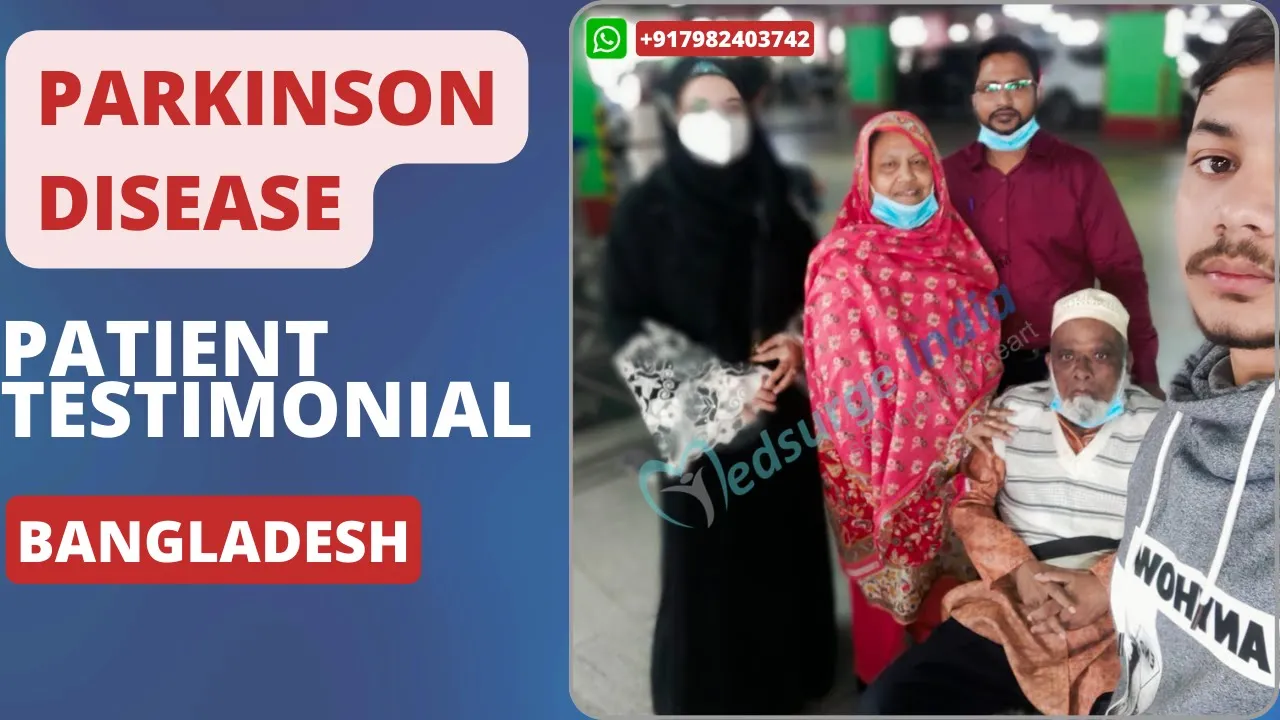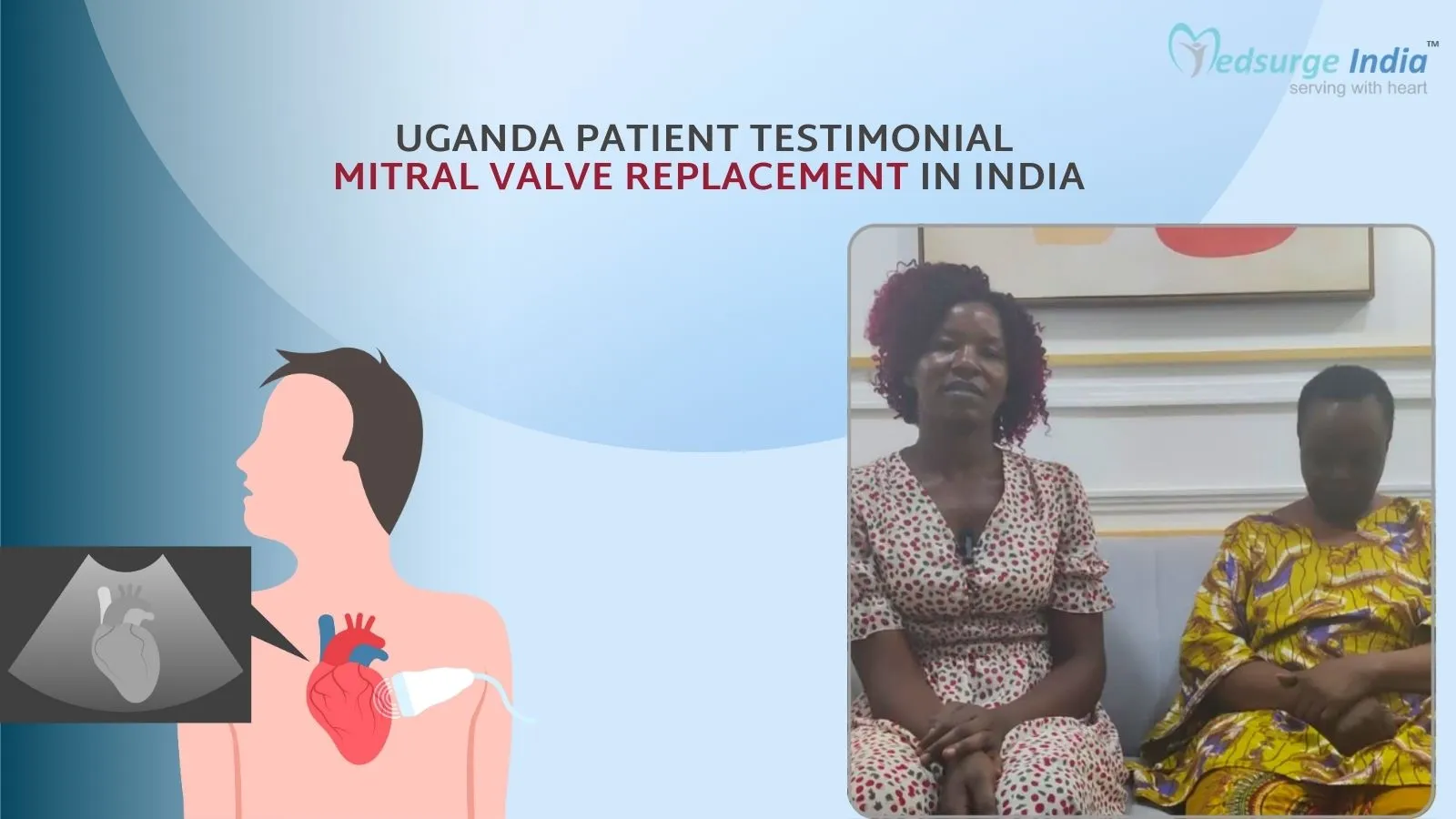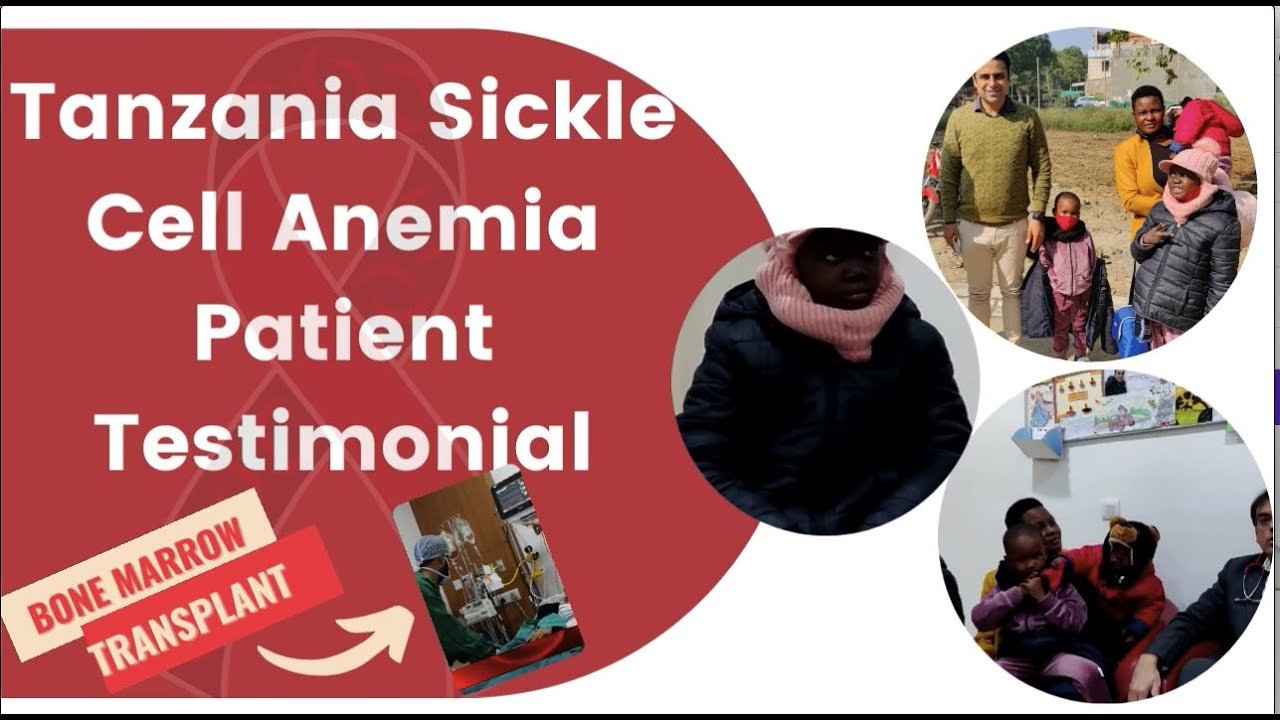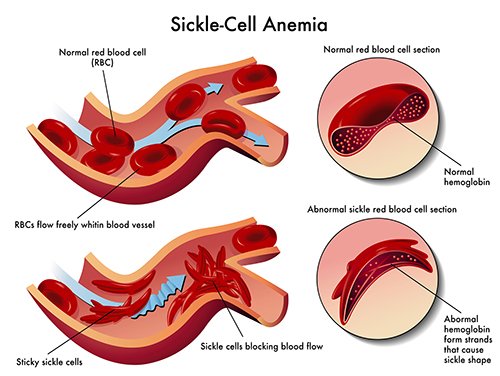
Sickle Cell Anemia Treatment In India
Sickle cell anemia treatment in India often involves a bone marrow transplant, a procedure that replaces unhealthy bone marrow with healthy blood-forming stem cells. The cost of Sickle cell anemia treatment in India is typically more economical compared to Western and Eastern countries, despite the country’s renowned doctors and well-equipped hospitals.
Sickle cell anemia is a sickle cell disease. This is an inherited red blood cell disorder where the red blood cells in the body are not healthy enough to carry oxygen throughout the body. The normal red blood cells are round in shape and hence can easily move through the blood vessels.
The abnormal ones are sickle-shaped or of the shape of a crescent moon; hence the name of the disease. This particular shape makes the locomotion of the blood cells difficult within the rounded blood vessels. Hence the oxygen-carrying capacity of the blood drastically reduces.
This disease is an inherited one—the parents of the patient having the disease pass on the mutated gene to the cells. But the parents need not necessarily show any signs or symptoms of the disease as it is recessive in their bodies but is active in the body of their ward.
Sickle cell anemia treatment Cost in India is more affordable than in countries like the US, Russia, and the UK. Patients seeking sickle cell anemia treatment in India have access to the greatest facilities, which provide reasonable healthcare packages, premium medical tools, and the assurance of first-rate medical personnel.
What Is Sickle Cell Anemia
The sickle cell anemia patient has an abnormality in the protein, hemoglobin, in the red blood cell, which is responsible for carrying oxygen throughout the body. People who have this disease inherit two abnormal hemoglobin genes from each of their parents. This hemoglobin is called S or sickle hemoglobin. Depending upon this, sickle cell disease can be classified into the following types:
- Haemoglobin SB0 thalassemia.
- Haemoglobin SB+ thalassemia.
- Haemoglobin SC
- Haemoglobin SD
- Haemoglobin SE
- Haemoglobin SS
In all the above types of sickle cell diseases at least one of the two abnormal cells causes the body to make the hemoglobin S. But when both the inherited genes are mutated the cell has hemoglobin SS, this disease is called sickle cell anemia. It is one of the most common sickle cell diseases. Other common diseases are Haemoglobin SC and Haemoglobin SB. The diseases Haemoglobin SD and Haemoglobin SE are rare and not very common.
Get To Know About The Signs And Symptoms of Sickle Cell Anemia
The main signs or symptoms start occurring only after 5 to 6 months of birth. Children having this disease may start showing symptoms early on in life while some may start to show it later in life. The very early symptoms in children are as follows:
- The yellowness of eyes, Jaundice.
- Swelling of hands and feet.
- Symptoms of anemia, such as extreme fatigue and tiredness.
- Complications, such as infections.
- Delayed growth
- Episodes of pain are called pain crises.
Most children suffering from sickle cell anemia are pain-free except for the episodes of crises, but the pain increases and becomes worse in teens and adults. The pain can be chronic and also on-going over a lifetime. Over some time, this disease causes damage to various organs of the body due to the abnormal red blood cells and its reduced capacity to carry oxygen to the various parts of the body. This is the main reason why the organs get devoid of blood rich in oxygen and eventually start getting damaged.
This disease can harm the patient’s organs such as the spleen, liver, kidneys, eyes, heart, brain, bones, joints, or skin.
Sickle Cell Anemia Treatment Cost in India
The typical cost of a Sickle cell anemia treatment in India varies from approximately $18,000 to $20,000 USD. Also, the entire Sickle cell anemia treatment cost in India can also depend on a number of criteria.
The cost of Sickle cell anemia treatment in India is often more affordable compared to Western and Eastern countries, despite India’s renowned doctors and well-equipped hospitals.
Diagnosis Of The Sickle Cell Anemia Disease To Look For
The diagnosis of the disease can be made by examining the blood samples of the person. For the diagnosis of this disease, hemoglobin electrophoresis is done which determines the presence of a mutated hemoglobin gene. If the blood cell is sickle-shaped, then the person is a carrier of the mutated gene or has the disease.
Screening tests, in this case, can be very beneficial. It lets the person know if he or she is a carrier of the mutated hemoglobin gene and can pass this on to one’s own child. This can also be called a preventive screening test.
A newborn screening test is conducted to detect the disease in a newborn. In case this test results in a positive result, the test is repeated, and further tests are also done to recognize the exact type of hemoglobin cell mutation. In such cases, the parents of the child are directly contacted to let them know of the result. A newborn screening test is done to know whether the baby has an abnormal hemoglobin trait.
Prenatal screening is also done wherein a diagnosis of this disease can be made before the baby is born. This test is done using a sample from the amniotic fluid surrounding the embryo, or tissue is taken from the placenta, the organ that attaches the umbilical cord to the mother’s womb. This test can be done as early as around 8 – 10 weeks into pregnancy.
Watch Video –
Get Free Cost Estimation
Procedure
Treatment of Sickle Cell Anemia In India
The line of treatment undertaken for this disease can be various. A blood or bone marrow transplant is the only cure for patients diagnosed with the disease. Apart from the transplant, the other treatment includes the administration of certain drugs and Blood transfusion.
You may also be interested in – Management of Sickle Cell Disease in Pregnancy
Medications
The medications that are used in the treatment of the disease are:
Hydroxyurea (Droxia, Hydrea, Siklos) – The use of this medicine reduces the instances of crises and might reduce the chances of the need for blood transfusion and hospitalization.
L-glutamine oral powder (Endari) – This medication lessens the incidence of crises in sickle cell anemia.
Crizanlizumab (Adakveo) – This medicine is administered through veins and treats pain crises. It may show side effects such as nausea, back pain, joint pain, and fever.
Pain-relieving medications. – These are mainly narcotics prescribed by the doctors for relieving pain during a sickle cell anemia crisis.
Voxelotor (Oxbryta) – This medicine is FDA approved and reduces the occurrence of anemia and its related signs in people suffering from sickle cell anemia. The side effects can be rash, fever, headaches, fatigue, diarrhea, nausea.
Blood Transfusion
In this process, the healthy red blood cells are removed from the donor blood and transfused intravenously into the bloodstream of the person affected with sickle cell anemia. In this process, the number of normal blood cells increases in the affected person which may reduce the symptoms and complications of the disease.
Stem Cell Transplant / Bone Marrow Transplant
This method primarily involves bone marrow replacement wherein the bone marrow of the deceased is replaced with the bone marrow of a healthy donor who is not affected with sickle cell anemia. This method ensures the healthy production of red blood cells in the body of the affected person, thus reducing the signs and complications of the disease. The matched donor is usually a closely related person who doesn’t have sickle cell anemia.
This procedure usually involves a long hospital stay. After the procedure is complete, the patient receives special drugs to help reduce the risk of rejection of the donated stem cells. This is important because if the body rejects the transplant, the person might get exposed to life-threatening complications.
Factors That Determine The Cost Of Treatment For Sickle Cell Anemia Treatment in India
- The treatment for Sickle Cell Anemia is available in many reputed hospitals in India. The hospital selection of the patient may vary the total expenses of the patients.
- The room selection –either standard, deluxe, or super deluxe will also determine the total expense for treatment.
- The type of treatment suggested by the doctor will also define the cost of the overall treatment.
- The Fees for the team of doctors at the hospital for their tireless services.
- The cost of Medicines.
- The standard test for diagnosis and other diagnostic procedures.
- The cost of follow-ups that will be required after the complete procedure.
Medsurge India offers the best Sickle Cell Anemia Treatment Cost in India at an affordable price for international patients coming to India under the supervision of the most trained doctors.
Best Hematologists in India
- Dr. Vikas Dua
- Dr. Gaurav Kharya
- Dr. TPR Bharadwaj
- Dr. Srikanth M
- Dr. Revathi Raj
- Dr. TPR Bharadwaj
- Dr. Pawan Kumar Singh
Why Do Individuals Prefer to Have Sickle Cell Anemia Treatment in India
The country has some of the best medical care facilities and services in Asia, making medical tourism in India very popular. The best sickle cell anemia hospitals in India provide all types of cancer-related surgeries using advanced technology. Also, the sickle cell anemia treatment cost in India is much more affordable as compared to other states or nations around the world. An international patient can expect to pay 50-60% less for a total sickle cell anemia treatment in India.
Hospitals that treat sickle cell anemia treatment in India provide comprehensive appropriate treatment, including comprehensive pre-operative evaluations, minimally invasive surgical options, and post-operative rehabilitation programs. Patients can expect personalized treatment, individualized attention, and compassionate care at these medical facilities. The hospitals are accredited by top international organizations such as the National Accreditation Board for Hospitals and Healthcare Providers (NABH) or the Joint Commission International (JCI).
How Can Medsurge India Help?
Medsurge India is a prestigious support system for patients looking for doctors, hospitals, and specialized treatments. We’ll find the most suitable medical options for you. Regarding your medical issues, our team will give you a list of certified, reputable, and trusted doctors and hospitals. Additionally, we offer a treatment strategy that fits your budget. Apart, we assist patients with obtaining travel authorizations, medical visas, and a multitude of other things.
The Most Important Frequently Asked Questions
Q: How Is It Conceivable to Distinguish Sickle Cell Iron Deficiency or Sickle Cell Attributes in a Fetal?
A: Most importantly, yes!! It is conceivable to distinguish sickle cell anemia on the off chance that you visit the specialist and he takes a sample of the amniotic liquid, the liquid encompassing the infant in the belly, and test the liquid to decide whether the infant has sickle cell characteristic or sickle cell frailty. Amniotic tests can be proceeded as ahead of schedule as the main trimester. Chorionic villus inspecting, a test to identify an assortment of hereditary issues, can likewise be performed from the get-go in pregnancy to distinguish sickle cell.
Q: to What Extent Can an Individual Live with Sickle Cell Sickliness?
A: A person can live with sickle anemia up to 48 years (females) and 42 years (males) although exceptional cases are everywhere so they can go vice versa too!
Q: Is Sickle Cell Anemia Deficiency the Normal Hereditary Issue?
A: Sickle cell anemia is a typical blood issue on the planet. The illness is regular on the planet and could be found generally in the individuals of African legacy, including Arabian, and Indian birthplace individuals.
Q: What Does It Take a Sickle Cell Trait to Evolve into Sickle Cell Disease?
A: Most importantly, sickle cell anemia can never advance or convert into sickle cell disease. However, you can’t disregard that a person with sickle cell attributes can pass the quality to their kids.
Q: What Are the Problems of Sickle Cell Trait?
A: Most people have blood in their urine. Your eye pressure would also get increased, and you may experience eye injuries.
Top Hospitals for Sickle Cell Anemia Treatment in India
Top Doctors for Hematology
Dr. Prashantha B
Senior Consultant
Experience: 20+ years of experience
KMC Hospital, Hampankatta, Mangaluru
Mangaluru, India
Dr. Prathamesh Kulkarni
Consultant
Experience: 9 years of experience
Kokilaben Dhirubhai Ambani Hospital Mumbai
Mumbai, India
Dr. Dhaval Fadadu
Senior Consultant
Experience: 12+ years of experience
Manipal Hospital, Panaji, North Goa
North Goa, India
Dr. Soumya Bhattacharya
Consultant , MBBS, MD, FRCP, MRCP
Experience: 26 years of experience
Apollo Gleneagles Hospital, Kolkata
Kolkata , India
Dr. Nitin Sood
Associate Director , FRCP, MRCP, MD, DNB, MBBS
Experience: 17 years of experience
Medanta - The Medicity, Gurgaon
Gurgaon , India
Dr. Mallikarjun Kalashetty
Consultant
Experience: 15 years of experience
Manipal Hospital (Old Airport Road) Bangalore
Bangalore, India
Dr. Meet Kumar
Hematologist Consultant, MBBS, MD, DM, Fellowship
Experience: 11 years of experience
Fortis Memorial Research Institute, Gurgaon
Gurgaon, India
Dr. Amit Upadhyay
Senior Consultant MD, MBBS
Experience: 20 years of experience
Pushpawati Singhania Research Institute, New Delhi
New Delhi, India
Dr. Satyendra Katewa
Consultant
Experience: 14 years of experience
Manipal Hospitals Dwarka, Delhi
Delhi, India
Dr. Shyam Rathi
Consultant
Experience: 14 years of experience
Fortis Hiranandani Hospital, Vashi
Mumbai, India
Dr. Mukesh Kumar Sharma
Senior Consultant
Experience: 23+ years of experience
NH MMI Narayana Superspeciality Hospital, Lalpur, Raipur
Raipur, India
Dr. A. Karthikeyan
Consultant
Experience: 24 years of experience
Fortis Malar Hospital ,Chennai
Chennai, India
Dr. Biplabendu Talukder
Experience: 23+ years of experience
Narayana Superspeciality Hospital, Shibpur, Howrah
Howrah, India
Dr. Ujal Mani
Senior Consultant
Experience: 42+ years of experience
NH Rabindranath Tagore International Institute of Cardiac Sciences, Kolkata
Kolkata, India
Dr. Kishore Kumar S
Senior Consultant , MBBS, DM, MD
Experience: 14 years of experience
Chennai , India
Dr. Sachin Suresh Jadhav
Head of Department
Experience: 18 Years
HCG Cancer Centre, Bangalore
Bangalore
Dr. Ashish Dixit
Consultant
Experience: 26 years of experience
Manipal Hospital (Old Airport Road) Bangalore
Bangalore, India

